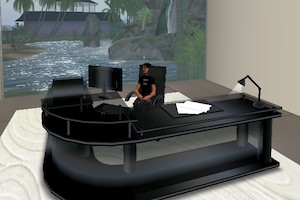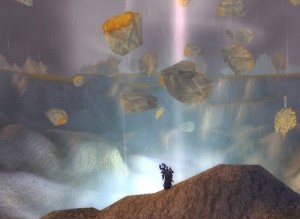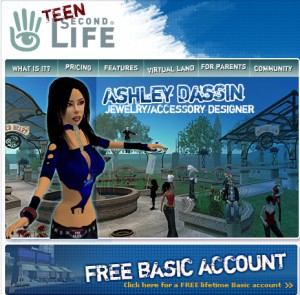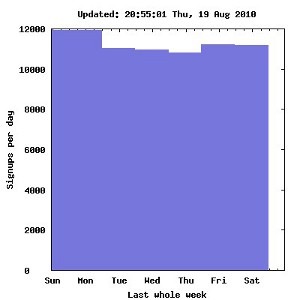 One of the more interesting issues over the past year has been around 3D at consumer level. Whether it’s 3D TVs or handheld 3D gaming, there’s a significantly ramped up debate on potential issues around the technologies. An example is this story covering Nintendo’s warning on excessive use of its 3DS handheld gaming device. The company has rightly been transparent, even if only to cover future potential legal liabilities, in its desire to frame the level of use of such devices.
One of the more interesting issues over the past year has been around 3D at consumer level. Whether it’s 3D TVs or handheld 3D gaming, there’s a significantly ramped up debate on potential issues around the technologies. An example is this story covering Nintendo’s warning on excessive use of its 3DS handheld gaming device. The company has rightly been transparent, even if only to cover future potential legal liabilities, in its desire to frame the level of use of such devices.
There’s exactly one fact in the debate over the impact of 3D on kids and their development: we do not know in any way, shape or form what that impact is. An educated guess would be that excessive use could have a harmful impact and that in well-structured settings some use of 3D environments could actually be beneficial. However, until there’s a solid body of evidence supporting either of those claims, everything else is theorising or spin. That is likely to be the case for a number of years yet, as building the research body on top of the great work to date is a huge task. It’s an even bigger task given the tendency for most 3D environments to be closed shops owned by large companies like Nintendo, Sony and Microsoft.
In the meantime expect lots of hype and probably an equivalent amount of hysteria. For those interested in the area, an interview I conducted with Andrew Campbell from the University of Sydney’s Prometheus Research team eighteen months ago is still very pertinent in addressing the complexities of the area.
I’d be really interested to hear your thoughts on the likely impacts, both positive and negative, of the seeming diffusion of 3D devices in the home.








Recent Comments